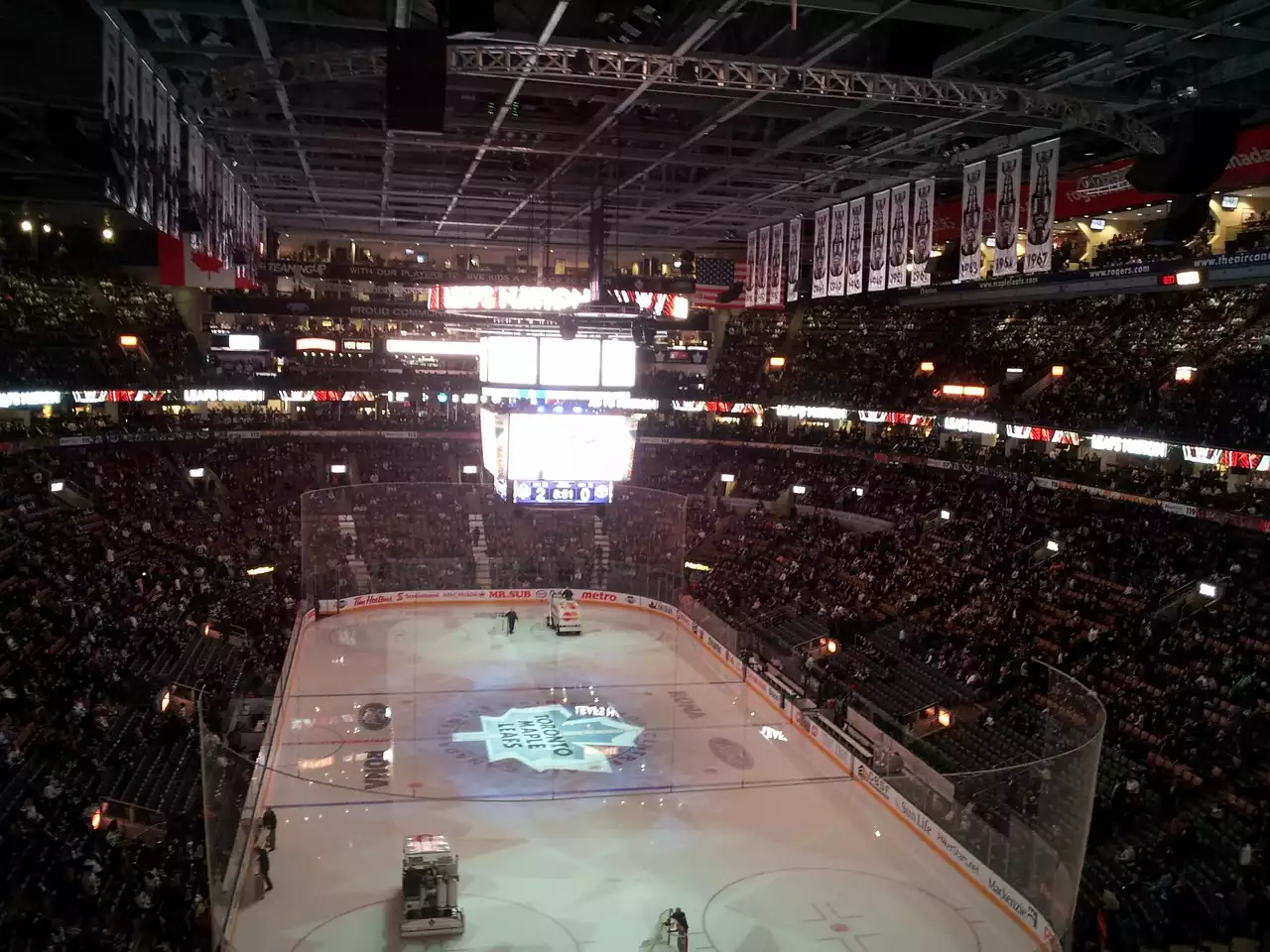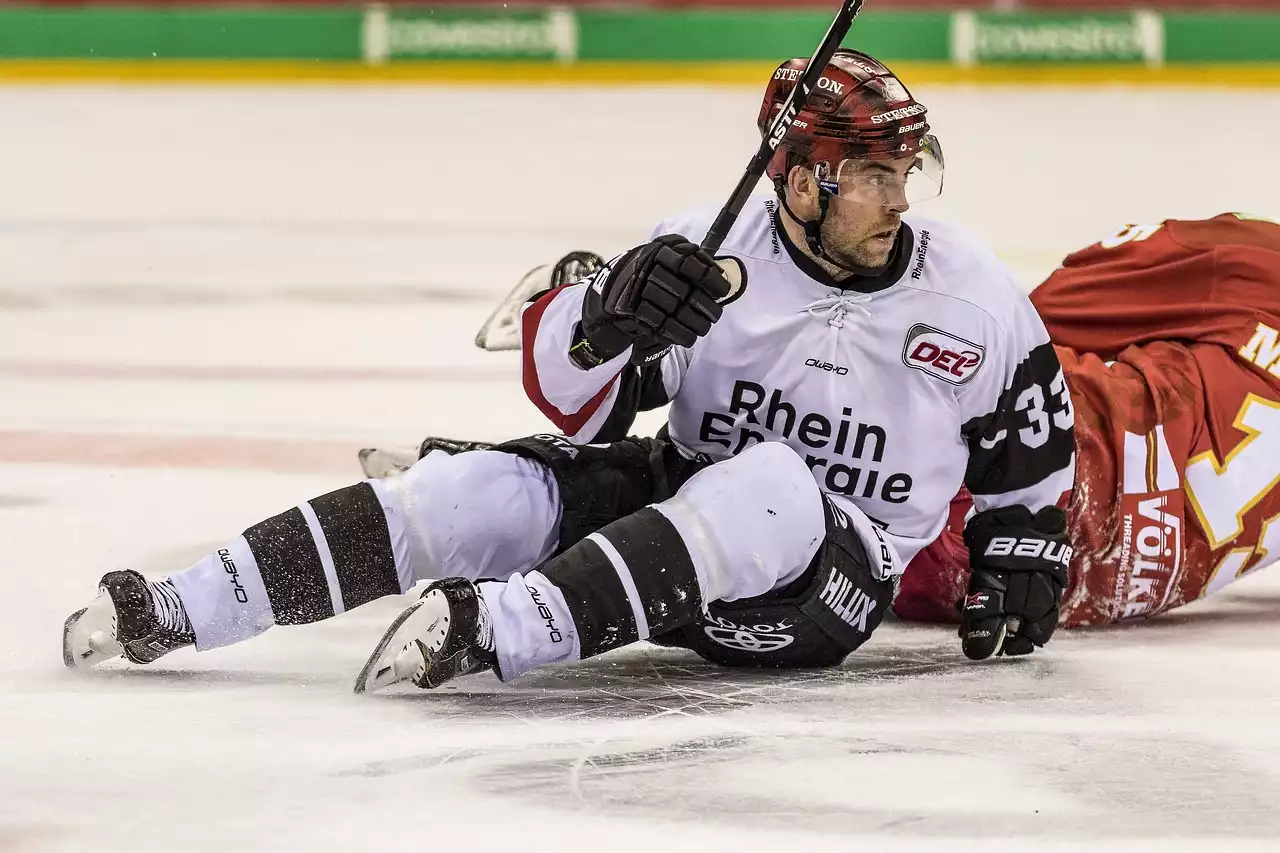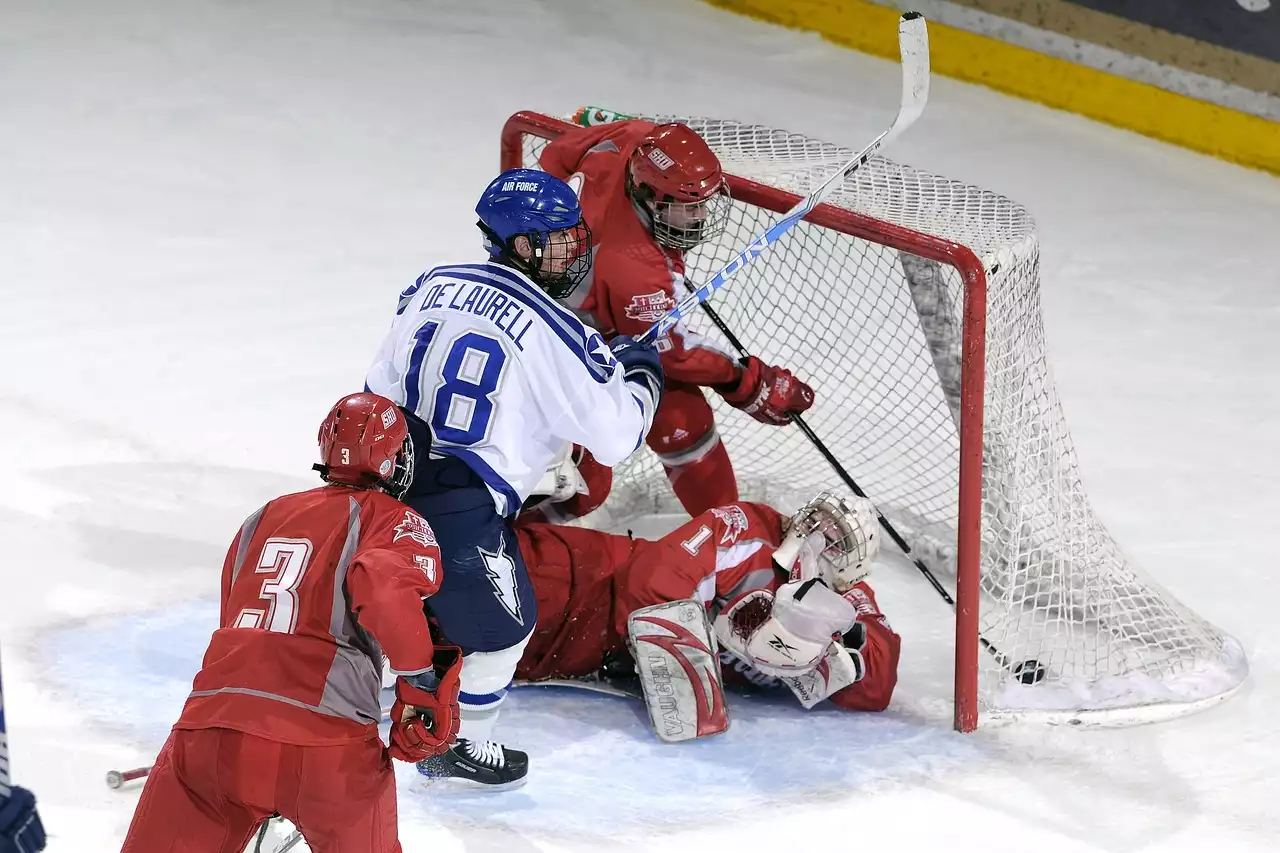History of the CHL
The Canadian Hockey League was formed in 1975 as an amalgamation of the three major junior hockey leagues in Canada: the OHL, the WHL, and the QMJHL. Before the formation of the CHL, each of these three leagues operated independently of the other, but the CHL was created to provide a unified governing body for the three leagues. The CHL is currently the only major junior hockey league in Canada and is the premier development league for the NHL.
The CHL is made up of 60 teams, divided into three regional divisions: the Central Division (OHL and QMJHL), the Eastern Division (QMJHL), and the Western Division (WHL). Each division is composed of 20 teams playing in two conferences. The season begins in September and runs until March when the playoffs begin. The winner of each division’s playoffs is crowned the division champion and advances to the Memorial Cup tournament. The Memorial Cup tournament is the pinnacle of junior hockey in Canada and features the champions of each division competing for the national title.
Overview of the OHL, WHL, and QMJHL
The OHL, WHL, and QMJHL are the three major junior hockey leagues that make up the Canadian Hockey League. Each league has its unique style of play and player development system, but all three leagues are governed by the CHL and share several common rules and regulations.
The OHL is the oldest and most successful of the three leagues, having produced some of the greatest players in hockey history. The OHL is composed of 20 teams in two conferences and is divided into two divisions: the East Division and the West Division. The OHL season runs from late September to the end of March, with the playoffs beginning in April.
The WHL is the second-oldest major junior hockey league in Canada. The WHL is made up of 22 teams divided into two divisions: the U.S. Division and the B.C. Division. The WHL season runs from late September to the end of March, with the playoffs beginning in April.
The QMJHL is the youngest of the three major junior hockey leagues in Canada, having been established in 1969. The QMJHL is composed of 18 teams divided into two divisions: the East Division and the West Division. The QMJHL season runs from late September to the end of March, with the playoffs beginning in April.
Prominent Players Who Have Come Through the CHL
The CHL has produced some of the greatest players in hockey history, including Wayne Gretzky, Mario Lemieux, Sidney Crosby, Patrick Roy, Eric Lindros, and Steve Yzerman. These players are all examples of how the CHL can help develop future NHL stars.
In addition to these legends, the CHL has also produced many other notable players such as Connor McDavid, Auston Matthews, Nathan MacKinnon, and Taylor Hall. These players are all examples of how the CHL can help develop future NHL stars.
The CHL has also been a launching pad for many of today’s top coaches, including Mike Babcock, Claude Julien, and Darryl Sutter. All three of these coaches have had tremendous success in the NHL and are examples of how the CHL can help develop future coaches.
How the CHL Helps Develop Players for the NHL
The CHL is the preeminent development league for the NHL and provides players with the opportunity to hone their skills and gain valuable experience before making the jump to the NHL. The CHL provides players with access to the top-notch coaching staff and the latest equipment and technology, as well as the opportunity to play against some of the best competition in the world.
The CHL also provides players with access to the Memorial Cup tournament, which is the pinnacle of junior hockey in Canada. This tournament allows players to compete for the national championship and gain valuable exposure to scouts from the NHL and other professional leagues.
The CHL also provides players with the opportunity to earn a scholarship to a post-secondary institution. These scholarships can help players pay for their education while they continue to hone their skills in the CHL.
Rules and Regulations of the CHL
The CHL is governed by a set of rules and regulations that all players and teams must adhere to. These rules are designed to ensure that the CHL is a safe and fair environment for all players.
The CHL has a strict policy on fighting, with players receiving suspensions for fighting and other dangerous activities. The CHL also has a zero-tolerance policy for drugs and alcohol, with players receiving suspensions for any violations of the policy.
The CHL also has a strict policy on recruiting and trading, with teams being penalized for any violations of the rules and regulations. The CHL also has a strict policy on player eligibility, with players being ineligible to compete in the league if they are over 20 years of age.
The CHL’s Influence on Canadian Hockey
The CHL has had a major influence on the development of hockey in Canada. The CHL has provided players with the opportunity to hone their skills and gain valuable experience before making the jump to the NHL. The CHL has also been a launching pad for some of the greatest players in hockey history and has produced many of today’s top coaches.
The CHL has also provided a platform for some of the top junior players in Canada to gain exposure to scouts from the NHL and other professional leagues. This has helped to bring more attention to Canadian hockey and has helped to promote the sport in the country.
Finally, the CHL has provided players with access to top-notch training and coaching staff, as well as access to the latest equipment and technology. This has helped to ensure that players are well-prepared for the NHL and have the skills necessary to succeed at the highest level.








.png?size=50)

